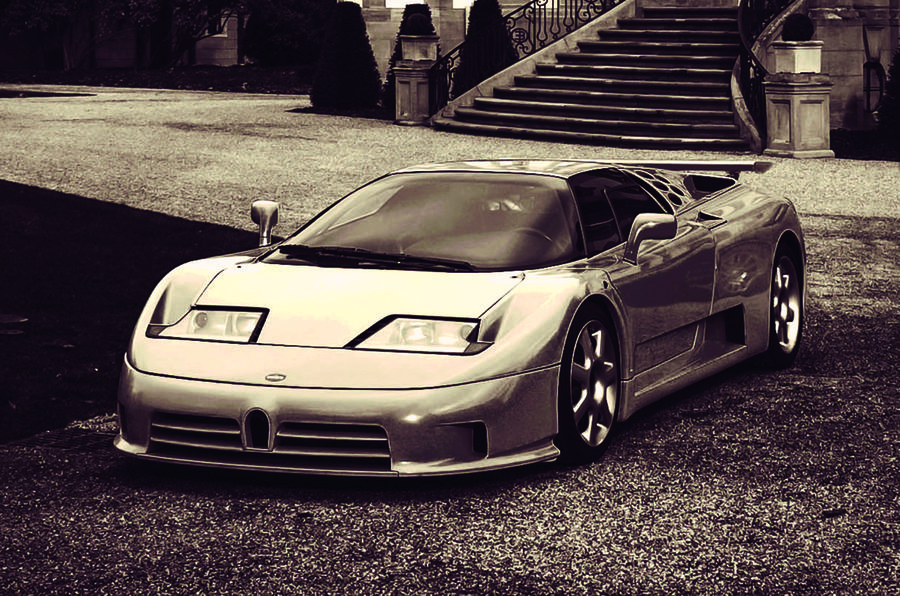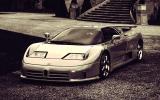Bugatti has recently sold the 450th and final Veyron, bringing to a close a storied 10-year life for the outrageous W16-powered machine. However, the car wouldn’t have existed had the Volkswagen Group not bought the company in 1998 and, in so doing, rescued it from oblivion.
Prior to its intervention, a spirited revival attempt, led by Italian entrepreneur Romano Artioli, had hit the skids, scuppered by a stuttering global economy and some breathtaking profligacy by Bugatti’s owners. Consider, for example, the relaunch of the brand. In September 1991, Bugatti had lavished £160,000 on a dinner for 1600 guests, hiring Louis XIV’s Versailles palace for the occasion.
By September 1995, however, Bugatti’s Campogalliano factory near Modena was silent, the workers sent home after the company was declared bankrupt and the gates locked.
Only one man had a key: Gian Luigi Rossini, the bankruptcy trustee appointed to handle Bugatti’s affairs. On a spring day in 1997, he invited Autocar’s European editor, Peter Robinson, to have a poke around inside.
“A thin film of dust covers everything and proves that not even the cleaners have been given access,” described Robinson in his subsequent article. “Office staff desks are littered with holiday postcards, in-trays hold fading faxes, old cigarette butts fill ashtrays, and rubbish bins carry the last day’s detritus.
“Search and you’ll find poignant lists of things to do tomorrow, phone calls that were never returned. Only Artioli’s desk is free of debris, but then it was always like this.”
In the workshop, there were signs that Bugatti’s workers had been putting together the firm’s EB110 supercar right up until the day the factory closed.
“Five sit forlornly in various stages of completion in the air conditioned assembly area,” wrote Robinson. “Four ready-to-ship EB110s sit in the final road testing area. Bit by bit, part by part, the factory and its contents are being sold off in an attempt to pay back some of the firm’s liabilities, estimated to be £36 million.
“A Luxembourg company paid £476,000 for the four finished EB110s, the first production car and another EB110 that’s minus the engine. At little more than £90,000 each (forgetting the incomplete car), that’s reasonable enough when you remember that Bugatti was asking £285,000 for an EB110 GT in 1995.”
Also in the workshop was a part-built EB112, a Giugiaro-designed saloon that looked like an ahead-of-its-time Porsche Panamera when it was shown in concept form at the 1993 Geneva motor show. The stillborn car featured an early iteration of the Bugatti grille that would be seen on the Veyron years later.








Add your comment